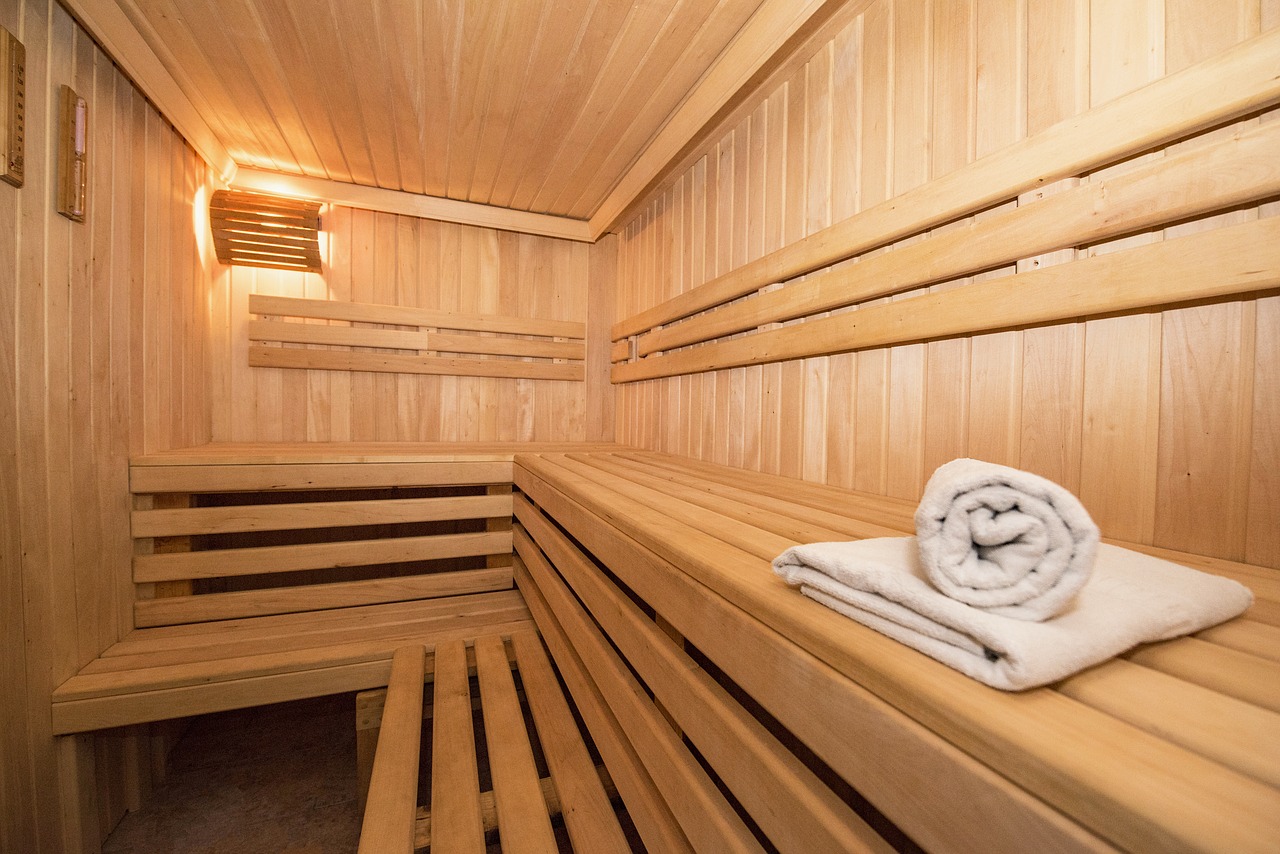Saunas have been in use for quite some time – hundreds of years, to be exact! Sauna use is still prevalent today as an additional health benefit, mainly to unwind and relax after a stress-filled day or added fitness supplement. The sauna is, hands down, one of my favorite ways to end a kick-ass workout. The heat instantly relaxes my body, very much like a quick spa retreat. Now that I’ve finally locked down a consistent workout schedule, my goal is to maximize these sessions as much as possible for a healthy mind, body, and overall lifestyle shift.
WHAT IS A SAUNA?
My personal experience has been with the wood-burning sauna, where wood is used to heat the sauna room and rocks. This sauna type is high as far as room temperature, yet low-humidity. Generally speaking, a sauna is typically set between 70 – 100 degrees celsius. Since its use can raise body temperature and induce heavy sweating, it is vital to hydrate simultaneously, as well as keep an eye on the clock so as not to stay in the sauna room for more than 15-20 minutes. YOU WILL SWEAT A LOT.
WHAT ARE ITS BENEFITS?
Increased Circulation
This occurs when the heart rate increases due to the elevated temperatures, causing the blood vessels to widen and result in increased blood flow. After a tough workout, sitting in a sauna for a few minutes can also help to reduce muscle stiffness and improve joint movement.
Promote relaxation
According to Sagar Shah, M.D., sauna use can help to promote relaxation, as well as boost mood. There have been some studies that have shown that it also aids with depression symptoms and feelings of well-being.
Helps Remove Toxins
The significant amount of sweating due to the intense heat sessions helps the body to rid itself of waste build-up and harmful toxins through the skin.
Reduced Cardiovascular-Related Risks
According to a study conducted in Finland, 2,315 male participants, ages 42-60, were followed over 20 years. Of these subjects, 929 died from cardiac disease, coronary artery disease, or sudden cardiac death. The frequency of sauna use was factored into their evaluations. Although some studies are promising, researchers have not been able to make a solid conclusion, but suspect that increased sauna use may be linked to reduced cardiovascular-related diseases.
**Warnings**
Source: Men’s Health Magazine and LiveStrong
Please read before trying the sauna.
- Do not use a sauna if you have a severe injury, fever, or inflammation.
- Don’t drink alcohol or eat a heavy meal before using a sauna.
- Avoid rapid changes between heat and cold, especially if you have complications such as heart disease or high blood pressure, in which case you should keep the temperature of the sauna under 194 degrees Fahrenheit. Switching between hot sauna to the cold swimming pool can raise blood pressure.
- Talk to your doctor before using a sauna if you have medical conditions, have low blood pressure, have had a heart attack, or are pregnant.
- Stay hydrated.
- Pay attention to the time. Do not stay in the sauna for more than 15-20 minutes per session. Exit if you begin to feel dizzy or nauseous.









